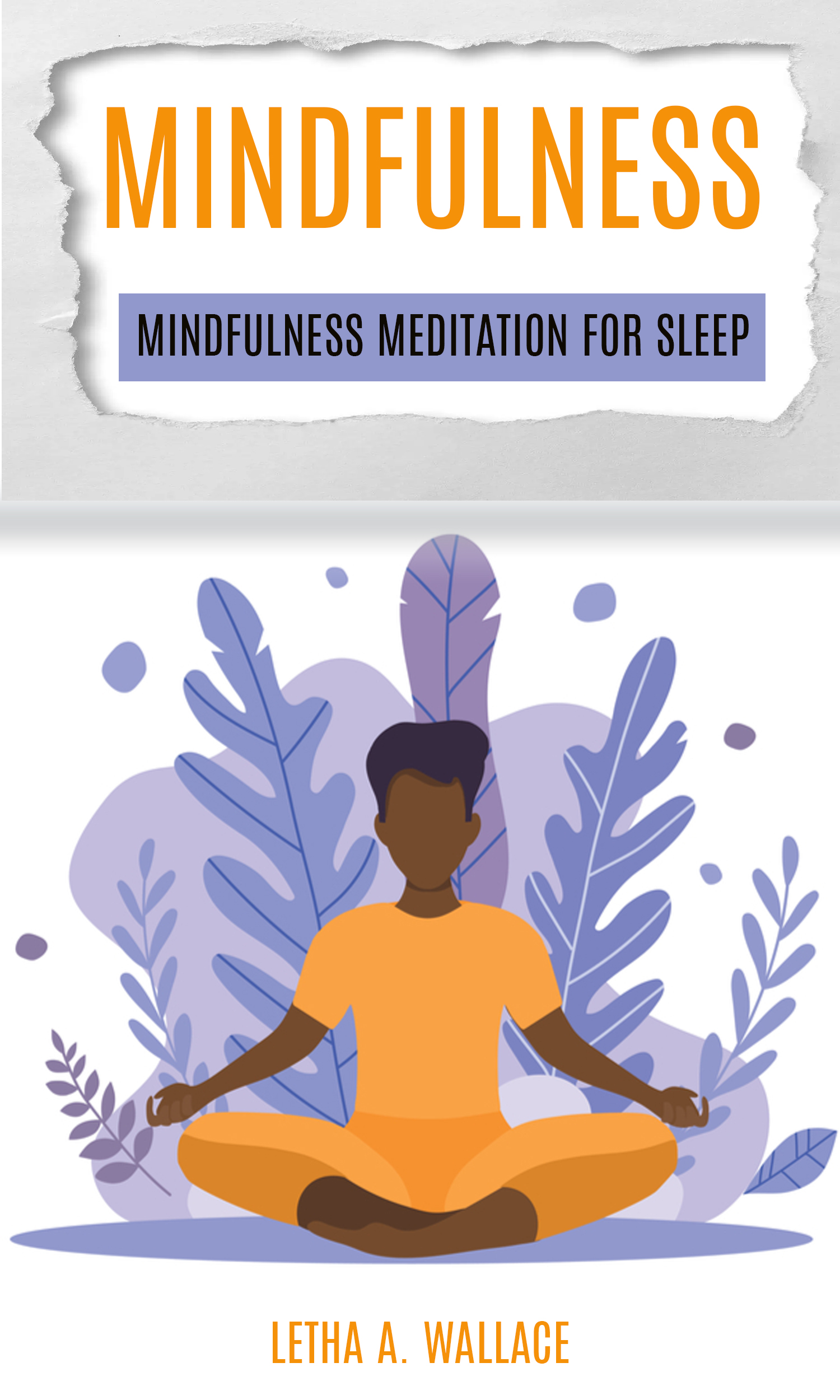
25b
What I love most is that to make the transition easier for you especially when it comes to teaching mindfulness to children, included in the book are tips before you begin teaching. These tips will help you ensure success and effective mindfulness training. It also includes a generic script that you can build upon as you grow better and get newer inspirations for your mindfulness exercises.
explains in plain language:
•The Buddha’s awakening
•The Authenticity of the Pali Canon
•The Historical Development of Buddhist Practice
•Dependent Origination
•The meaning of becoming
•Anicca, Anatta, Dukkha - Three Marks of Existence
•Four Noble Truths
•Five Clinging-Aggregates
•Shamatha-Vipassana Meditation
•Four Foundations of Mindfulness
•The Buddha’s First Three Discourses
•Practical Development of The Buddha’s Dhamma
•Twenty-Three supportive Suttas with commentary
If you think that teaching kids is hard, you will be surprised just how easy it is for them to embrace mindfulness. So far, based on various scientific research and mindfulness training for children, there was not much resistance coming from these little ones.
Genre: BODY, MIND & SPIRIT / MeditationMindfulness is most commonly applied in a meditation practice, most commonly sitting meditation, though formal practices do exist for standing, lying and walking as well. In the practice, we simply pay attention to what arises in awareness moment to moment, and let it be just as it is. The only ‘simple’ part in the practice is its explanation, for as I have suggested, our attention is often easily distracted from a mindful experience of the present moment. For this reason, for mindfulness to develop as a capacity in us, we have to practice it with some diligence, consistency and dedication.
| Language | Status |
|---|---|
|
Spanish
|
Already translated.
Translated by Brizeida Rosas
|